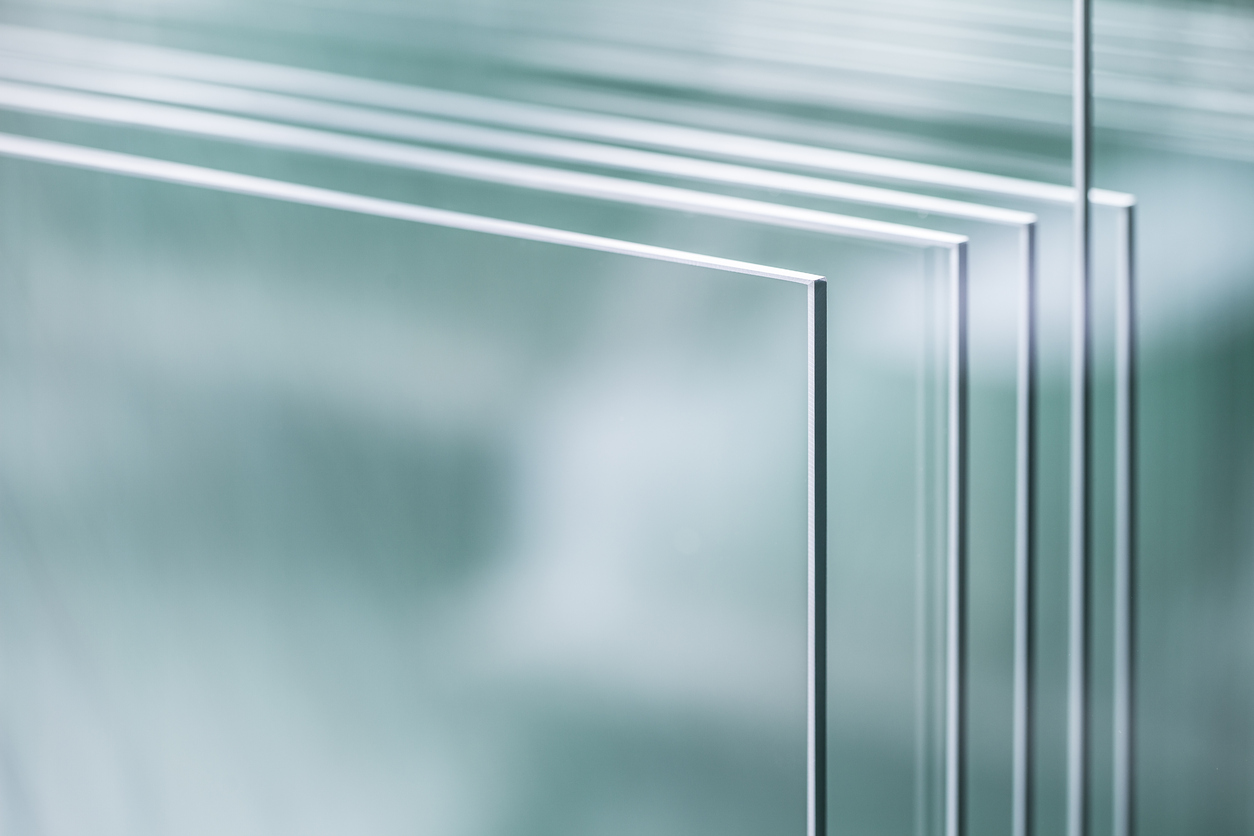

The Allure of Reflective Green Glass A Modern Design Element
In the world of architecture and interior design, materials play a pivotal role in shaping the ambiance and aesthetic narrative of a space. Among the myriad of materials available, reflective green glass has emerged as a compelling choice, marrying functionality with beauty. This article delves into the characteristics, applications, and advantages of reflective green glass, illustrating why it is increasingly favored in both residential and commercial designs.
Reflective green glass, known for its striking appearance and versatile properties, presents a unique blend of color and reflectivity. The infusion of green tones offers a sense of tranquility reminiscent of nature, evoking feelings of serenity and harmony. The reflective quality not only enhances its visual appeal but also serves practical purposes, making it a valuable component in contemporary design. The interplay between light and reflections can create dynamic and changing visual displays throughout the day, as the glass interacts with natural and artificial light sources.
One of the most significant advantages of reflective green glass is its energy efficiency. Given the growing concern over environmental sustainability and rising energy costs, this material offers a solution by reducing heat gain in buildings. The reflective surface helps deflect sunlight, thus minimizing the reliance on air conditioning systems. This characteristic not only contributes to energy savings but also enhances the overall comfort of indoor spaces. In an era where green building practices are imperative, the use of reflective green glass aligns seamlessly with sustainable design principles, making it an attractive option for eco-conscious architects and builders.
In addition to its energy-saving capabilities, reflective green glass provides an ideal opportunity for innovative design. It can be utilized in various applications, from entire building facades to interior elements such as partition walls, windows, and decorative accents. The sheer versatility of this material allows it to complement a range of architectural styles, from sleek modernism to traditional aesthetics. For instance, when used in commercial buildings, reflective green glass can lend a sense of sophistication, visually connecting the structure with its surroundings while maintaining a corporate image. In residential spaces, it can enhance a sense of openness and connection to nature, blurring the lines between indoor and outdoor living.

Reflective green glass also excels in privacy applications. While it provides visibility from inside a building to the outside world, it effectively obscures views from the exterior, ensuring occupants can enjoy their private spaces without feeling exposed. This characteristic makes it an excellent choice for urban environments where anonymity is often desired. Homeowners can revel in the beautifully illuminated interiors while preserving their privacy—a delicate balance that is often sought after but rarely achieved with conventional glass.
Moreover, the maintenance of reflective green glass is relatively straightforward. Modern treatments and coatings make it highly resistant to dirt and grime, thereby reducing the frequency of cleaning required compared to traditional glass. This feature is particularly beneficial for high-rise buildings where maintenance can be challenging and costly. The durability of this material, combined with its resistance to fading and discoloration, assures a long-lasting investment that retains its beauty over time.
As we look to the future, the role of reflective green glass in design is poised to expand further. Innovations in manufacturing processes and coating technologies will likely introduce even more enhanced features, including improved insulation properties and self-cleaning surfaces. Designers will continue to experiment with this material, pushing the boundaries of creativity and integrating it into novel architectural concepts.
In conclusion, reflective green glass stands out not only for its striking appearance but also for its multifunctional capabilities. By combining aesthetic appeal with practical benefits, it is a material that resonates with the modern ethos of design—where beauty coexists with sustainability and innovation. Whether in urban skyscrapers or cozy homes, reflective green glass is transforming spaces, inviting us to rethink the environments we inhabit and the materials we choose to adorn them. As we embrace this remarkable material, we are also embracing a future where design, functionality, and nature harmoniously coexist.